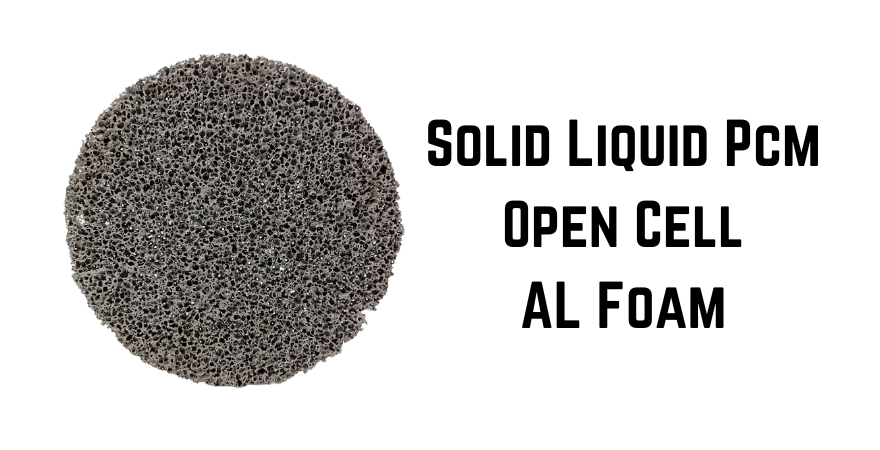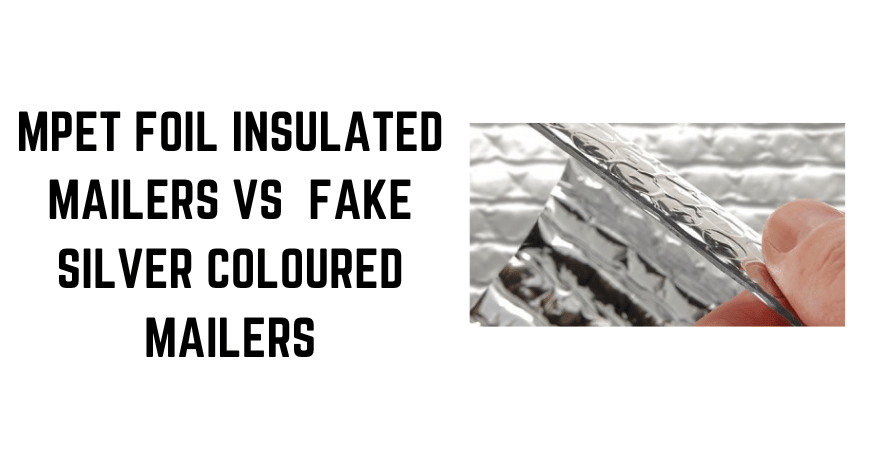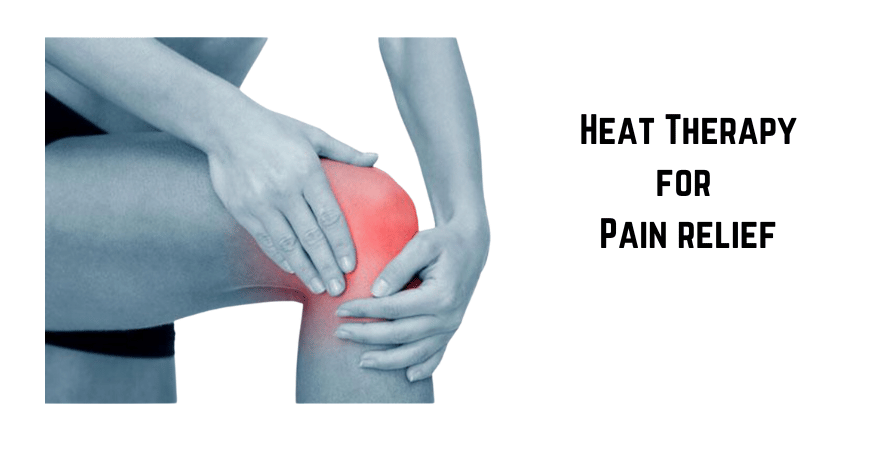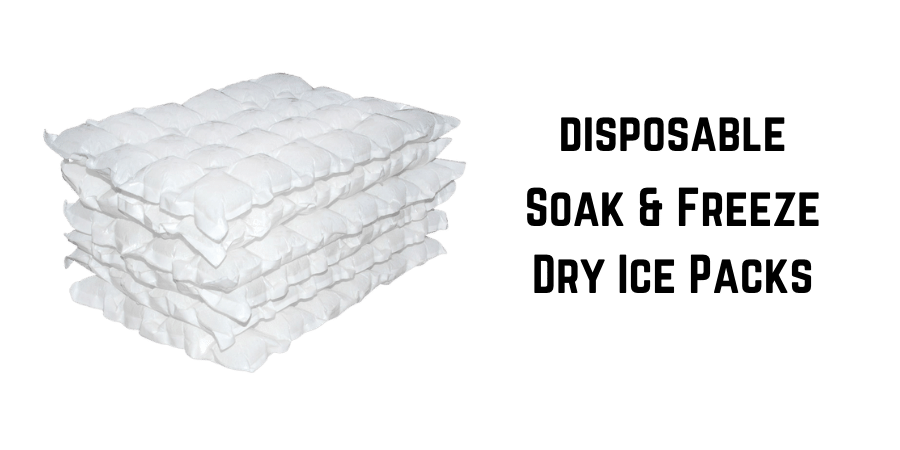Solid Liquid Phase Change with Open Cell AL Foam

Abstract
In a study, the team created a complex three-dimensional porous structure to explore how phase-change materials (PCMs) melt when embedded in metal foams. The team designed two types of metal foam with varying porosity to improve the melting process. One type consisted of three layers with consistent porosity levels (85.9%, 91.3%, and 95.8%), while the other had a continuous gradient from 85.9% to 95.8%. With numerical simulations to analyze the melting interface, the flow of fluid, and the melting rate of the composite PCM. Our findings showed that increasing porosity enhances heat storage capacity and that the gradient porosity design significantly improves heat transfer, particularly in the bottom regions. Overall, heat conduction was the dominant mode of heat transfer throughout the process.
Introduction
Latent heat thermal energy storage (LHTES) systems are promising solutions for efficient heat storage, especially during the solid-liquid phase changes of materials. However, traditional PCMs often have low thermal conductivity, which slows down heat storage and release—key challenges in engineering applications.
Researchers have extensively studied ways to enhance the thermal conductivity of PCMs. For example, research used scale analysis to assess the entire phase-change process and employed various non-dimensional numbers (like porosity, nanoparticle volume fraction, and others) to simplify results. Studies have shown that adding nanoparticles to PCMs can significantly boost heat transfer rates.
Using metal foams—materials known for high thermal conductivity—has also been proposed to improve heat transfer in composite PCMs. Previous models have demonstrated that metal foams can facilitate faster melting of PCMs and promote a more uniform temperature distribution.
However, assumptions about thermal equilibrium between metal foams and PCMs may not always hold true due to differences in their thermal properties. Some studies support using a single-temperature model for simplicity, while others suggest that local thermal non-equilibrium might be more appropriate under certain conditions.
Most existing research on enhancing thermal conductivity has relied on simplified models with uniform porosity and pore size. It’s clear that porosity significantly influences the heat transfer process in composite PCMs. For example, when heated from one side, high-porosity PCMs often see convection dominate heat transfer, leading to uneven melting rates.
To address these challenges, this study explores a three-dimensional model with varying porosity to investigate PCM behaviour in metal foams. We designed two foam types with distinct porosity profiles and analyzed their effects on heat transfer and flow dynamics during the melting process.
Model Unit
A three-dimensional model was constructed based on SEM images of actual porous materials, resulting in a design with a mix of quadrilateral and hexagonal faces. The shape of the pores was idealised as spherical, creating a specific cell structure for our simulations.
Evolution of Phase-Change Interface and Velocity Distribution
During the heating process, the phase-change interface and fluid velocity was tracked. Simulations revealed two key isothermal surfaces, which divided the domain into solid, liquid, and transition zones. This analysis helped us understand how the PCM melted over time and how fluid dynamics affected heat transfer.
Conclusions
Through a three-dimensional model, they successfully simulated the melting process of composite PCMs with varying porosity. Results indicated that porosity plays a crucial role in heat storage density and rate, with the gradient porosity configuration demonstrating significant improvements in heat transfer efficiency. This research highlights the importance of optimizing porous structures in enhancing the performance of LHTES systems.





